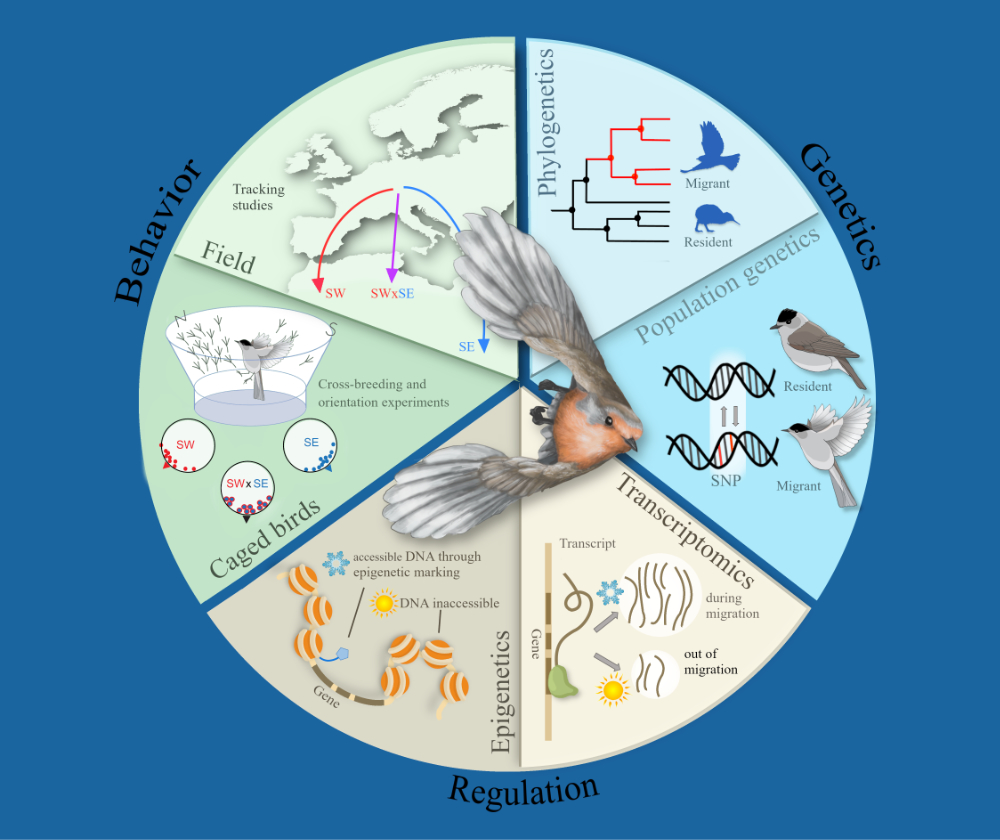Speaker
Description
Robert Ethan Rollins, Helena Westerdahl, Miriam Liedvogel
Variation in migratory phenotype could play an important role in shaping the evolutionary history of bird species. Through choice of breeding and overwintering grounds, birds could face a variable environment especially in relation to pathogen or parasite structure which would result in changes to functionality of immunity. This could explain why immune related genes often are found in studies aiming to decipher the genetic basis of migratory behavior. One such gene set which has garnered a large amount of attention are the genes encoding for the major histocompatibility complexes (MHC). These genes play a major role in the functionality of the vertebrate immune system with the diversity of MHC alleles, thought to be of great importance for pathogen elimination. To study if MHC diversity is linked to migratory phenotype, we utilized amplicon sequencing of 20 birds from two migratory songbird species, the European robin (Erithacus rubecula, n=10) and the Eurasian blackcap (Sylvia atricapilla, n=10) displaying various migratory phenotypes. Sequenced robins were radio-tracked within a single partial migratory population where both migrant (n=5) and residents (n=5) have been shown to be present, whereas sequenced blackcaps were characterized over a migratory divide in Europe to either migrate southwest (n=5) or southeast (n=5) through deployment of light sensitive geolocators. Using this, we quantified variability in MHC-1 allele types in all samples and characterized correlations with migratory phenotype.

